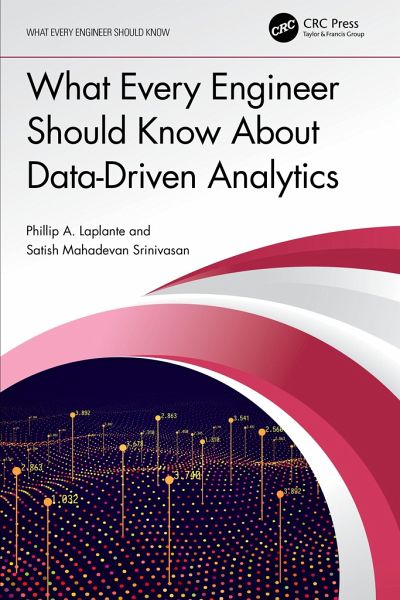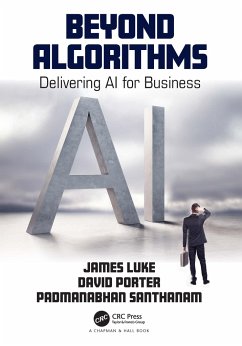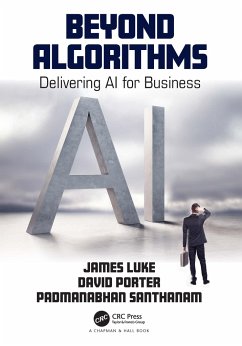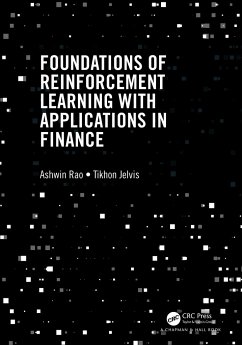
What Every Engineer Should Know About Data-Driven Analytics
Versandkostenfrei!
Versandfertig in 1-2 Wochen

PAYBACK Punkte
31 °P sammeln!




What Every Engineer Should Know About Data-Driven Analytics provides a comprehensive introduction to the machine learning theoretical concepts and approaches that are used in predictive data analytics through practical applications and case studies.
Satish M. Srinivasan received his B.E. in Information Technology from Bharathidasan University, India and M.S. in Industrial Engineering and Management from the Indian Institute of Technology Kharagpur, India. He earned his Ph.D. in Information Technology from the University of Nebraska at Omaha. Prior to joining Penn State Great Valley, he worked as a postdoctoral research associate at University of Nebraska Medical Center, Omaha. Dr. Srinivasan teaches courses related to database design, data mining, data collection and cleaning, computer, network and web securities, and business process management. His research interests include data aggregation in partially connected networks, fault-tolerance, software engineering, social network analysis, data mining, machine learning, Big Data, and predictive analytics and bioinformatics. Phil Laplante is Professor of Software and Systems Engineering at The Pennsylvania State University. He received his B.S., M.Eng., and Ph.D. from Stevens Institute of Technology and an MBA from the University of Colorado. He is a Fellow of the IEEE and SPIE and has won international awards for his teaching, research, and service. From 2010 to 2017 he led the effort to develop a national licensing exam for software engineers. He has worked in avionics, CAD, and software testing systems and he has published 40 books and more than 300 scholarly papers. He is a licensed professional engineer in the Commonwealth of Pennsylvania. He is also a frequent technology advisor to senior executives, investors, entrepreneurs, and attorneys and actively serves on corporate technology advisory boards. His research interests include artificial intelligent systems, critical systems, requirements engineering, and software quality and management. Prior to his appointment at Penn State he was a software development professional, technology executive, college president, and entrepreneur.
Produktdetails
- What Every Engineer Should Know
- Verlag: Taylor & Francis Ltd
- Seitenzahl: 280
- Erscheinungstermin: 13. April 2023
- Englisch
- Abmessung: 234mm x 156mm x 15mm
- Gewicht: 442g
- ISBN-13: 9781032235400
- ISBN-10: 1032235403
- Artikelnr.: 67263259
Herstellerkennzeichnung
Libri GmbH
Europaallee 1
36244 Bad Hersfeld
gpsr@libri.de
Für dieses Produkt wurde noch keine Bewertung abgegeben. Wir würden uns sehr freuen, wenn du die erste Bewertung schreibst!
Eine Bewertung schreiben
Eine Bewertung schreiben
Andere Kunden interessierten sich für













